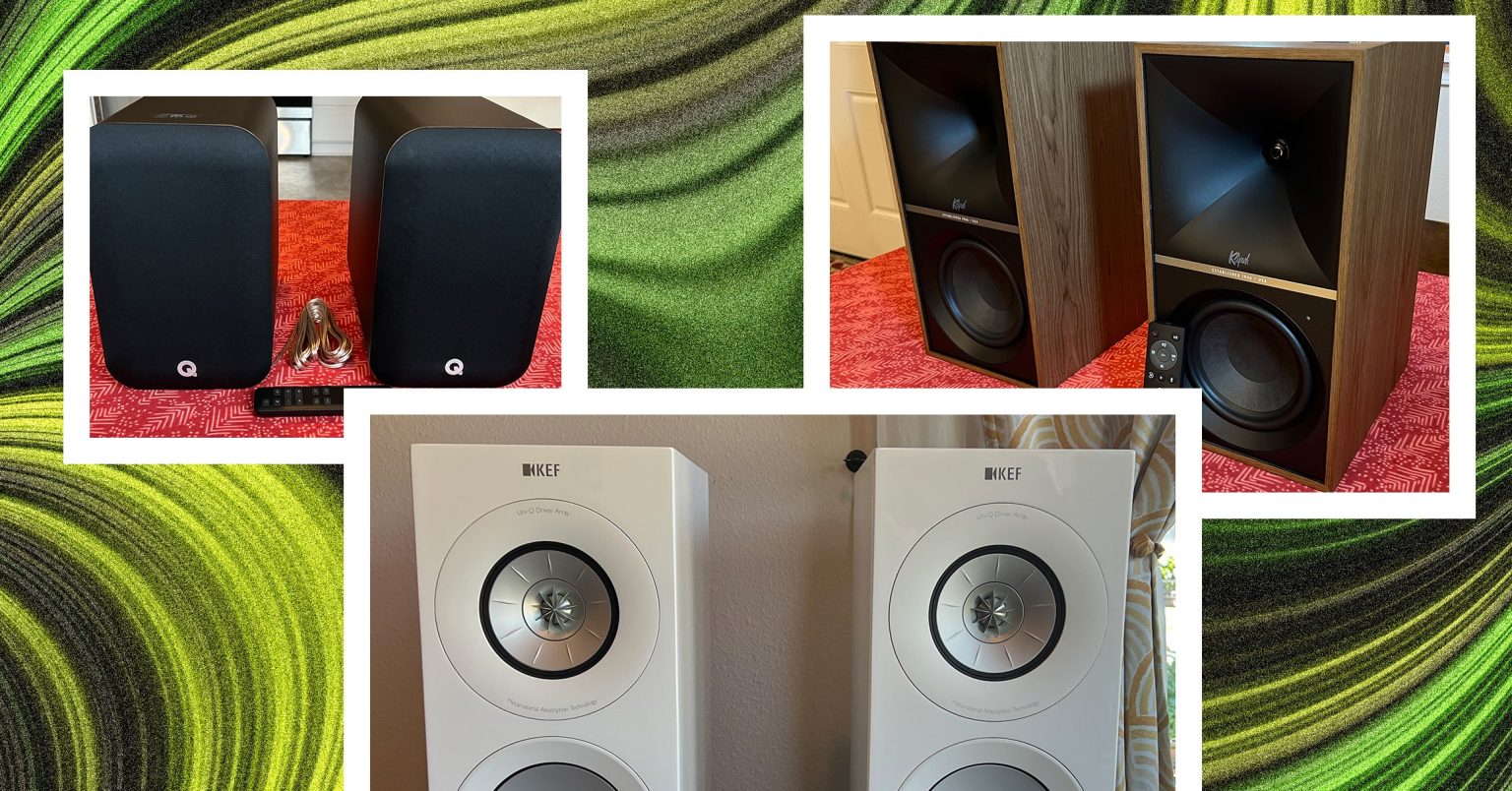Understanding Active and Passive Speakers
Active Speakers
Active speakers, also known as “powered” speakers, come with built-in amplification. This means they don’t need a separate amplifier or receiver to function. The built-in amps are often tailored to the specific drivers and cabinetry, enhancing performance. Modern active speakers offer additional benefits such as:
- Wireless Designs: Apart from power cables, these speakers can connect wirelessly to source devices via Wi-Fi or Bluetooth.
- Physical Connections: They typically include ports for CD players, turntables, subwoofers, and TVs.
Passive Speakers
Passive speakers, on the other hand, require a separate amplifier or receiver and speaker cables for playback. This setup involves more steps, as you’ll need to find an amplifier that matches the power specifications of your speakers. However, passive speakers offer:
- Versatility: They allow for mixing and matching in various systems and configurations.
- Longevity: When properly maintained, passive speakers can last for decades.
Key Specifications
Impedance
Impedance, measured in ohms, indicates a speaker’s resistance to electrical current flow. Most passive speakers have a nominal impedance rating of 4, 6, or 8 ohms. Here’s a simple analogy: think of impedance like plumbing pipes—the wider the pipe, the less resistance to water flow. Similarly, lower impedance means less resistance to electrical current, requiring more power.
- 4-ohm Speakers: Hardest to drive, needing the most power.
- 6-ohm Speakers: Generally require an amplifier with a 6-ohm or 4-ohm rating.
- 8-ohm Speakers: Easier to drive, needing less power.
Most good amplifiers and receivers are rated for both 8-ohm and 4-ohm speakers, with appropriate wattage ratings to match.
Power Requirements
Passive speakers come with specifications for their minimum and maximum power requirements, measured in watts. A good rule of thumb is to choose an amplifier with a wattage rating per channel that closely matches your speaker’s power requirements for its nominal impedance rating. If in doubt, opt for an amplifier that meets the speaker’s minimum power requirements.
Connection Options
Tethered Connections
Modern amplifiers and active speakers offer various wired connections, including:
- Analog Input: RCA or 3.5 mm jacks.
- Digital Optical Input: For CD players or TVs.
- Subwoofer Output: For connecting a powered subwoofer.
- HDMI ARC: Allows control of power and volume with your TV remote.
- Phono Input: For turntables, though many turntables come with a built-in phono preamp. If not, you can purchase a separate phono preamp.
Wireless Connections
Nearly all active speakers and many modern amplifiers support Bluetooth. Wi-Fi connectivity is also becoming standard, offering access to services like Spotify Connect, Tidal Connect, AirPlay, and Google Cast. Wi-Fi is generally preferred over Bluetooth for its superior sound quality and conveniences like uninterrupted streaming and extended wireless range.

1 Comment
Do we really need eleven options for bookshelf speakers?